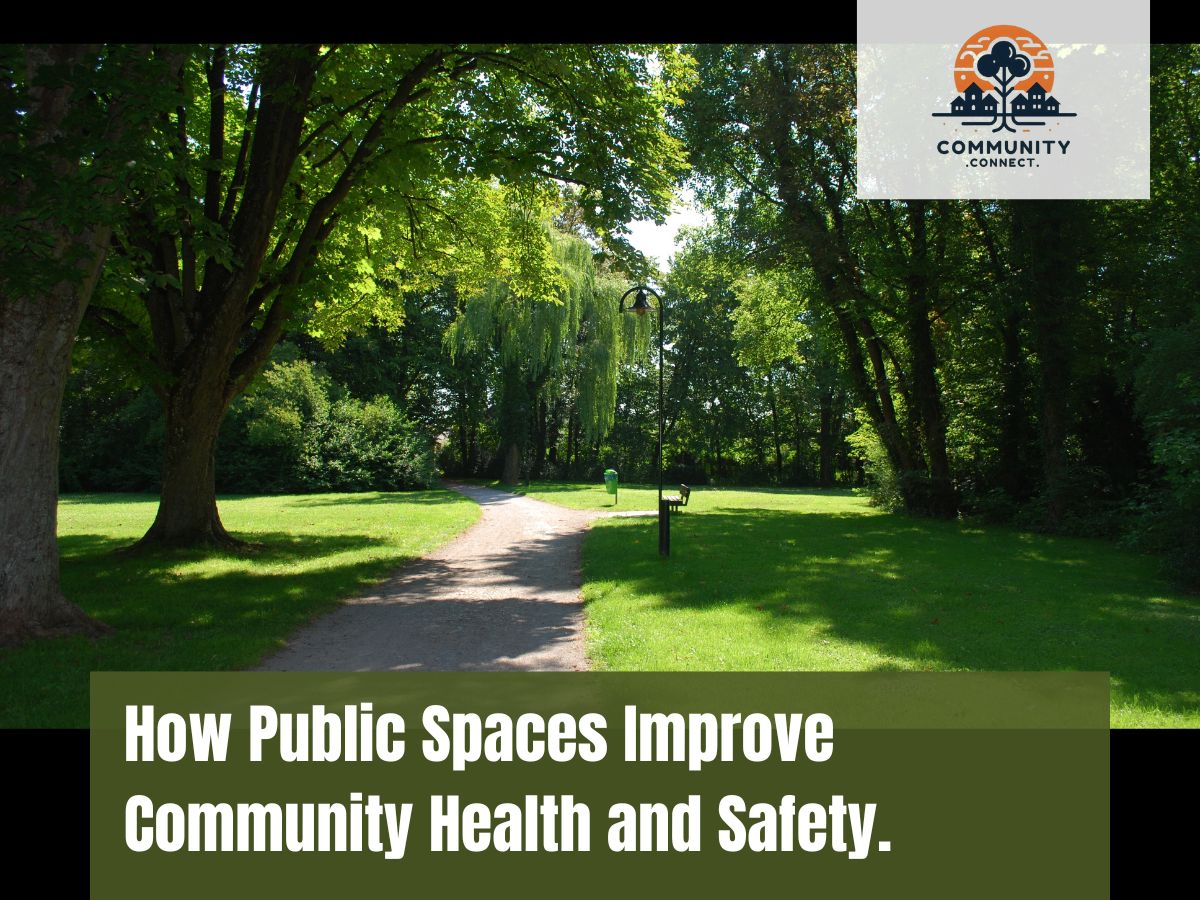Public spaces are the unsung heroes of our cities and towns. They may look simple—a park, a sidewalk, or even a public library—but the role they play in shaping healthy, vibrant, and safe communities is immense. Whether it’s offering a place for children to play, a space for elders to rest, or a venue for people to connect, public spaces touch nearly every aspect of our daily lives.
In Kenya, especially in fast-growing urban centers like Nairobi, Kisumu, and Mombasa, investing in public spaces is becoming more urgent than ever. Here’s a closer look at why they matter and how they directly contribute to the well-being and safety of communities.
What Are Public Spaces?
Let’s first understand what we mean when we talk about public spaces.
Public spaces are areas that are accessible to everyone—young or old, rich or poor, urban or rural. These are places that belong to the community, managed either by the government, non-profit organizations, or community groups. They are where people meet, relax, trade, play, learn, or simply pass through.
These spaces are essential in shaping the character of a neighborhood. They help create a sense of place and are often a reflection of the values, needs, and identity of the community they serve.
Types of Public Spaces (With Kenyan Examples)
Not all public spaces are created the same. Here are a few types you’ll find across Kenya, each with its own purpose.
- Parks and Green Spaces – Uhuru Park in Nairobi and Mama Ngina Waterfront in Mombasa offer a break from the concrete jungle. These areas encourage people to gather, walk, or just sit under a tree and breathe.
- Playgrounds and Sports Grounds – Karura Forest jogging trails or public playgrounds in estates like South B provide children and adults with space for recreation, which is key to physical and mental health.
- Streets and Walkways – Think of Kenyatta Avenue, Moi Avenue, or the Aga Khan Walk. These are everyday transit corridors but also social zones where vendors, artists, and city dwellers interact.
- Public Markets – Markets like Gikomba in Nairobi or Kongowea in Mombasa are vital public spaces. Beyond economic exchange, they are spaces for stories, laughter, bargaining, and cultural display.
- Libraries and Community Halls – Public libraries such as the McMillan Memorial Library in Nairobi and Kibera Community Library offer access to knowledge and safe spaces for youth engagement.
- Open Grounds and Plazas – Jeevanjee Gardens, KICC courtyard, and even church or school fields are open spaces that double up as venues for events, forums, and community gatherings.
How Public Spaces Improve Health
Beyond aesthetics, public spaces are powerful tools for better health—both mental and physical.
1. Encouraging Physical Activity
Parks, sports grounds, and walkable sidewalks allow people to move. A simple 30-minute walk can improve heart health, reduce obesity risk, and even improve mood. When public spaces are accessible, clean, and safe, people are more likely to use them for jogging, cycling, or walking their dog.
2. Supporting Mental Well-being
Green spaces have been proven to lower stress and anxiety. In Kenya’s fast-paced cities, where many live in crowded conditions, access to a peaceful green area—even a small one—can offer a mental escape. Sitting under a tree or walking through a garden helps the mind reset.
3. Improving Air Quality
Plants and trees in public parks help absorb carbon dioxide and air pollutants, which are often high in traffic-heavy cities like Nairobi. Breathing cleaner air can significantly reduce respiratory illnesses, especially in children and older adults.
4. Promoting Healthy Lifestyles
Public markets offer access to fresh produce, while community gardens provide opportunities to grow healthy food. These spaces also become informal nutrition classrooms where people learn what to eat and why.
How Public Spaces Improve Safety
A well-used public space is often a safe one. Here’s how thoughtful design can reduce risk and foster security.
1. Deterring Crime Through Design
A well-lit park or a lively street discourages crime. The presence of people acts as a natural surveillance system—a concept known as “eyes on the street.” When people feel ownership of their public space, they become protectors of it.
2. Creating Social Bonds
Spaces like playgrounds and markets bring people together. This social mixing builds trust and strengthens the community’s ability to respond to threats or challenges as one. In times of crisis, it’s often your neighbor or shopkeeper who helps first—not a stranger.
3. Disaster Preparedness
Open grounds can serve as emergency gathering points. Well-planned spaces allow for easier evacuation, emergency vehicle access, or disaster response during fires, floods, or civil unrest.
4. Youth Engagement
Idle youth are more likely to fall into risky behavior. Giving them clean basketball courts, skate parks, or community libraries helps redirect energy into positive activities, building their skills and confidence.
The Kenyan Context: Progress and Challenges
Kenya is slowly awakening to the power of public spaces, but challenges remain.
There has been growing investment in upgrading public areas—such as the transformation of Mama Ngina Waterfront—but many towns still lack proper green or recreational spaces. Urban sprawl, land grabbing, poor maintenance, and lack of inclusive design limit the effectiveness of many public spaces.
In informal settlements, public spaces are often reduced to dumping grounds or hideouts, rather than places for health and safety. Community-led efforts, however, are making a difference. Initiatives in places like Dandora, where youth groups clean and beautify spaces, are a testament to what’s possible with grassroots energy and proper support.
Conclusion: Designing for Well-being
Public spaces are not just about beautification—they are about building stronger, safer, and healthier communities. Whether it’s through a child swinging in a playground or a mother selling tomatoes at the market, these spaces are lifelines for urban wellness.
For urban planners, local governments, and community organizations, the message is clear: invest in people by investing in the spaces they share.

Leave a Reply